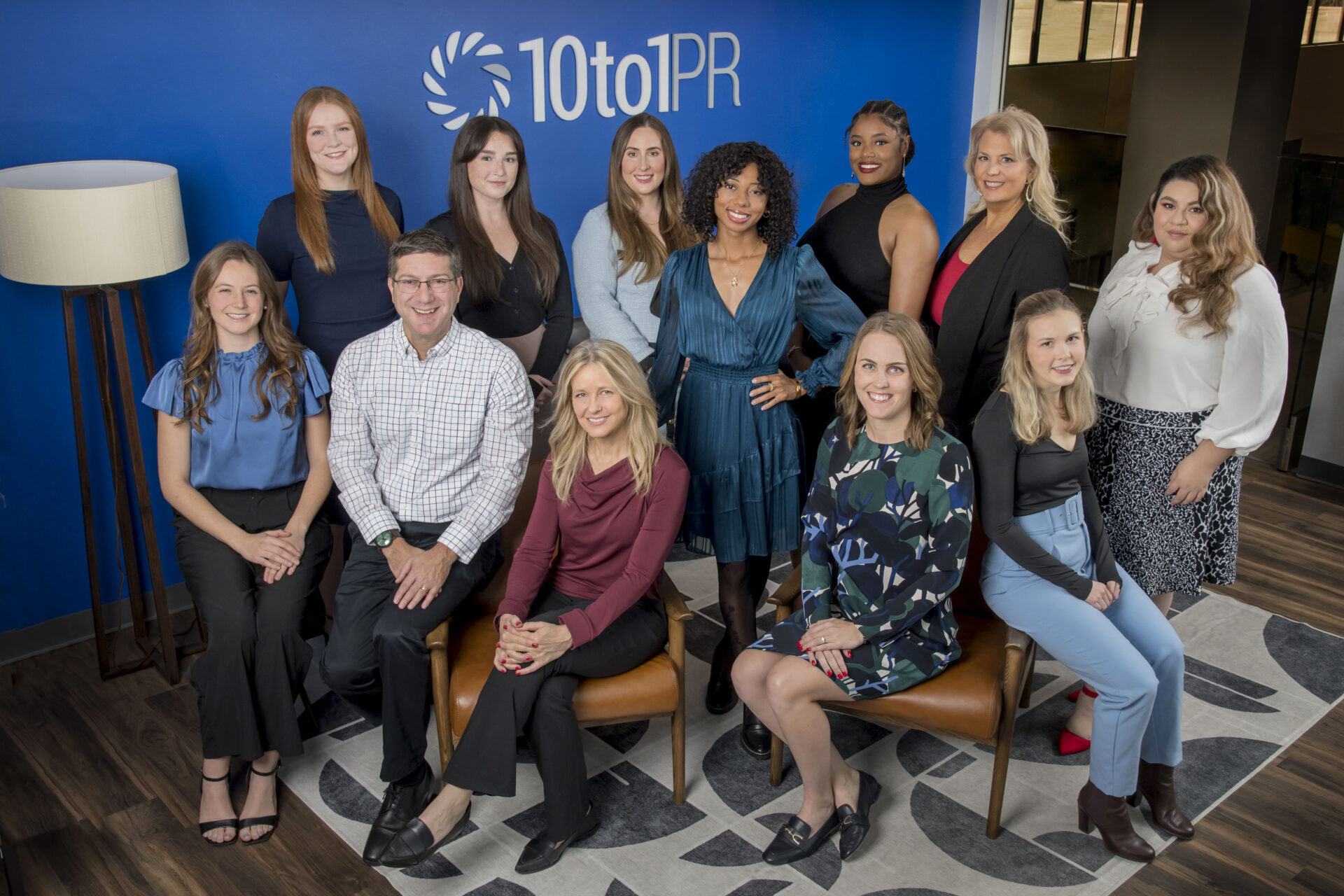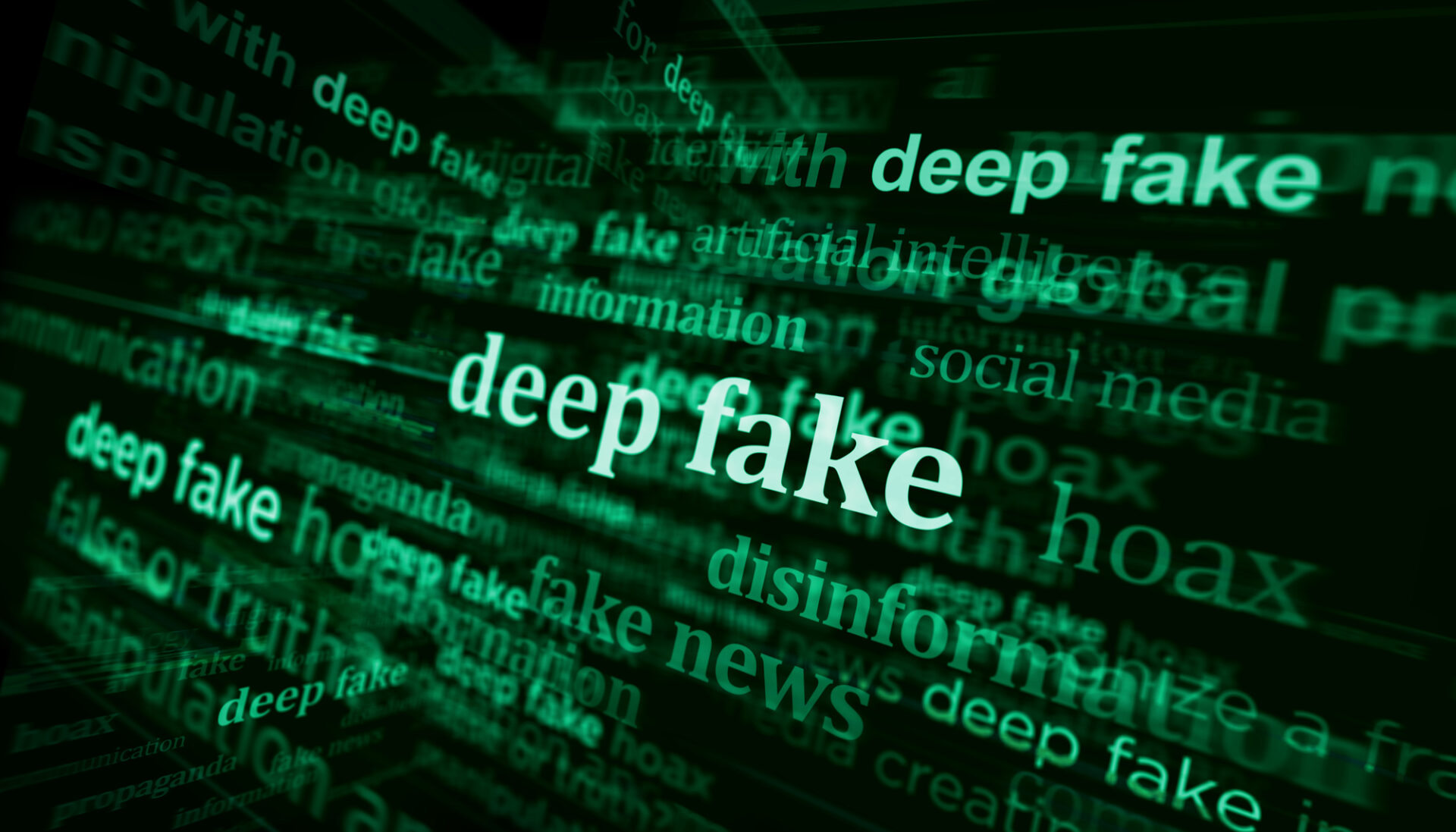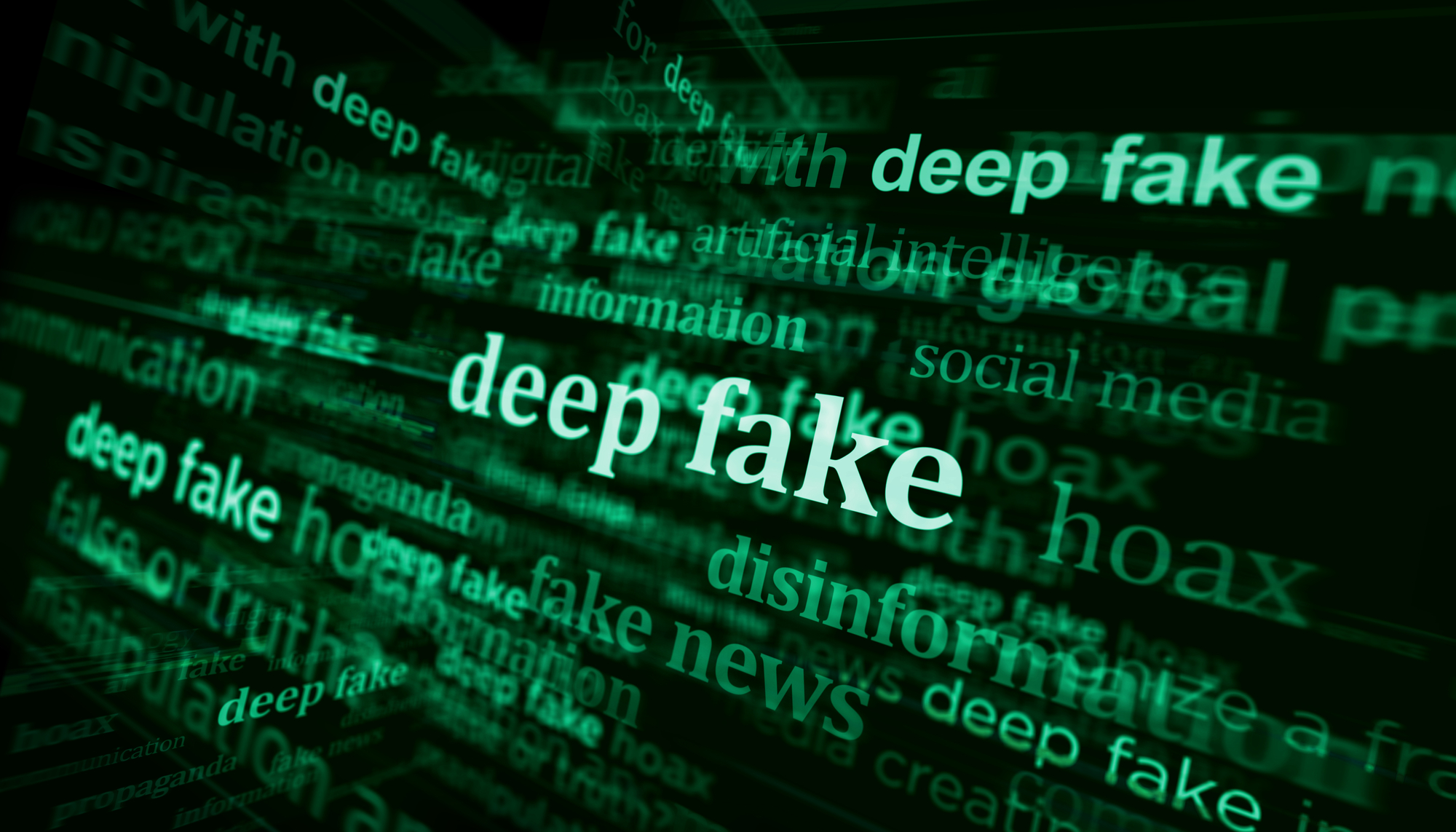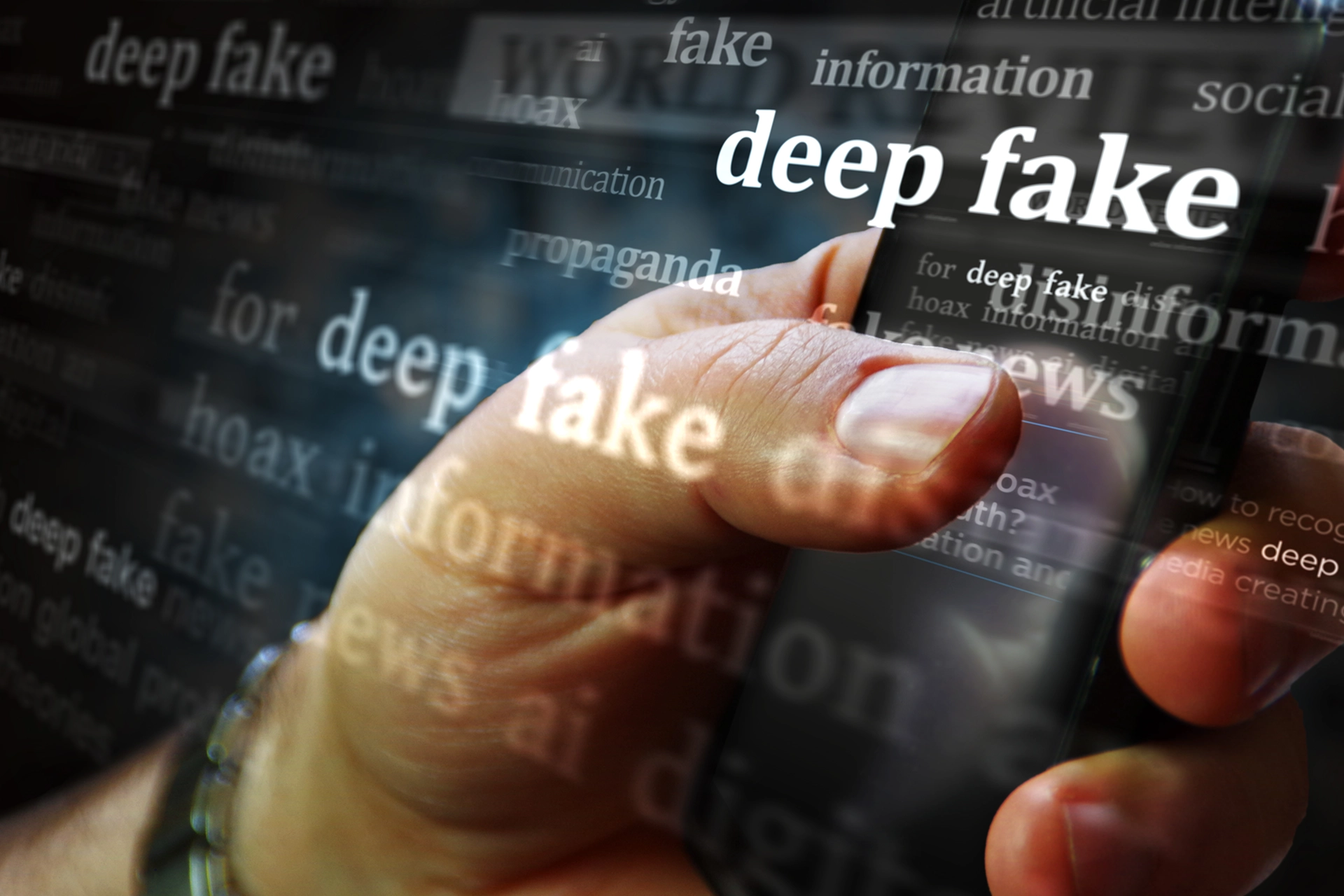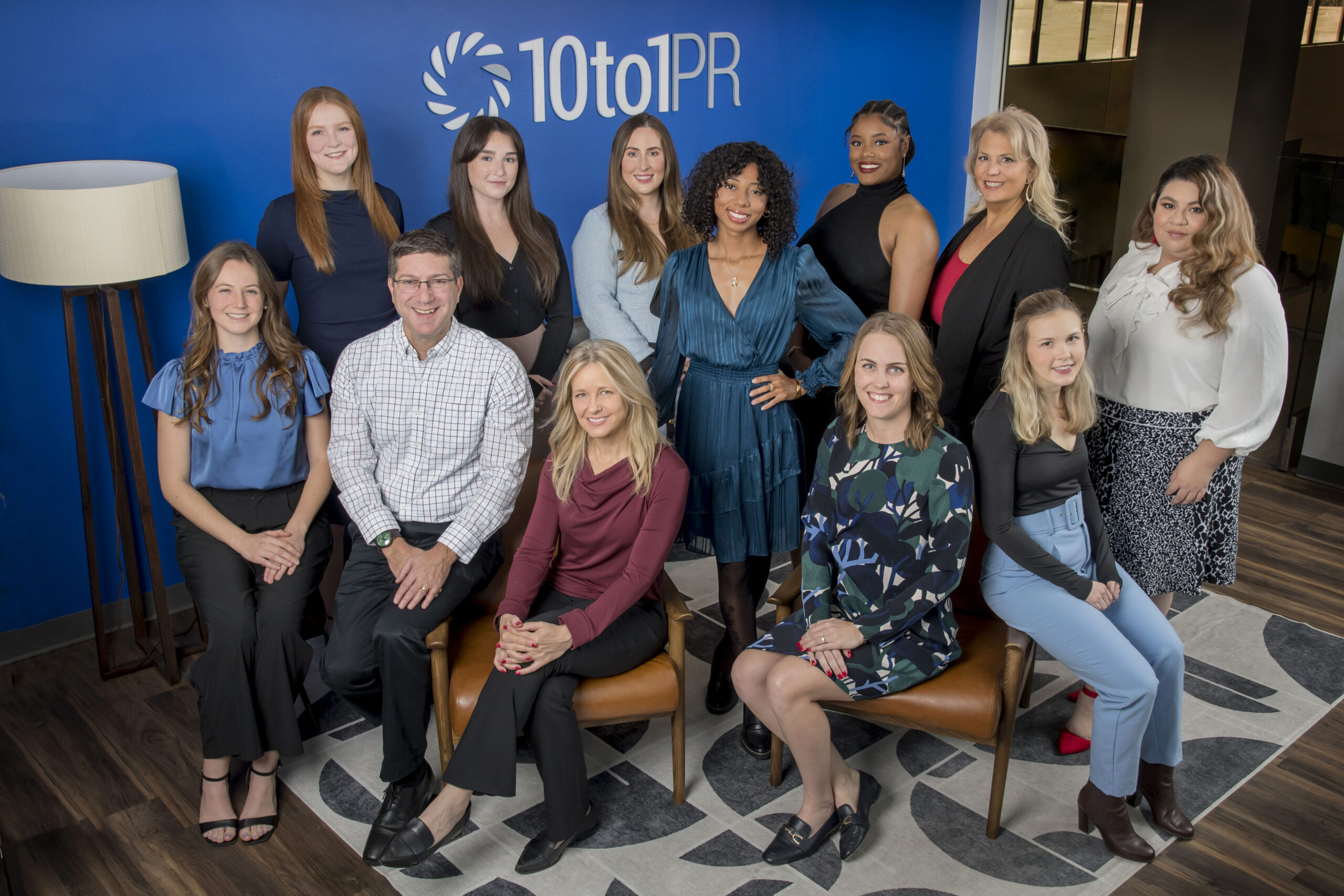
Attention Students: We’re Launching a PR Internship!
Are you passionate about storytelling and eager to dive into the dynamic world of public relations? 10 to 1 Public Relations, an award-winning PR firm, is thrilled to announce the launch of our new in-person PR Internship Program. This program is your gateway to gaining invaluable hands-on experience at the forefront of the PR industry.
Applications for our Fall Internship Program are now open, those details are below:
10 to 1 Public Relations: In-Person PR Intern Job Description
About 10 to 1 PR
Are you someone who likes to tell stories? Do you want to develop your talent while making an immediate impact as part of a team? Interested in gaining experience working at an award winning PR firm? Then we want you on the 10 to 1 Public Relations team!
10 to 1 Public Relations is a traditional PR firm that works with interesting and diverse business-to-business focused clients from across the globe. We have a “No Jerks” policy which refers to both co-workers and clients and we believe in a “no drama” office.
We are seeking a part-time, public relations intern to help our clients share their stories and achieve their public relations goals. Some of our work includes:
- Media relations such as writing press releases, articles and pitching reporters and influencers (local, national and trade) and securing media placements (online, print, TV & radio)
- New market and/or new product related media launches
- Growing client recognition through award nominations and speaker submissions
You’ll be part of a team expected to play an important role in it all; involved in client-facing tasks, strategy creation, and implementation duties. Ultimately, you’ll gain real experience and be an important part of helping our team achieve the client’s stated goals, meaning you must:
- Be able to prioritize, organize and manage multiple tasks at the same time
- Have strong interpersonal skills to communicate with clients and journalists as well as collaborate with team members
- Be an excellent writer
- Enjoy telling stories
Summary:
A PR Intern at 10 to 1 Public Relations is a junior or senior college student in the PR field. This role is focused on gaining practical experience through hands-on work in public relations. The intern will support client teams, perform media monitoring, conduct client research, assist with administrative tasks, and work on a portfolio project. The ideal candidate should demonstrate strong writing, organizational, and research skills, and show a desire to learn about the PR industry.
For ASU students this internship would fulfill the requirements of JMC484, MCO484, MCO584 and MCO294.
Duration/Compensation/Logistics:
- The internship lasts for an academic semester (start week of Sept 3, end date week of Dec 9).
- The position is part-time, with a guarantee of 20 hours per week.
- The pay is hourly at $16 per hour.
- The weekly schedule is flexible around the intern’s class schedule, but work must be performed between the hours 9 a.m. to 5 p.m.
- The intern is expected to maintain a consistent schedule throughout the program’s duration.
- The intern is expected to be present for the entirety of the program, except the week of Thanksgiving when scheduling can be flexible to accommodate for travel schedules and hourly pay may be adjusted accordingly that week.
- Internship is work from office 100% of the time. Remote work is not an option.
- The intern is expected to provide their own transportation.
- There may be an opportunity to extend the program or receive a full-time job offer, dependent on performance and need.
Competencies:
The PR Intern will be expected to develop the following competencies:
- Engagement: Actively participate in team and client activities.
- Proactiveness: Take initiative in tasks and responsibilities.
- Ownership: Demonstrate responsibility for assigned tasks.
- Passion: Show enthusiasm for public relations and learning.
- Problem-Solving: Identify and address challenges effectively.
- Critical Thinking: Apply analytical skills to tasks and projects.
- Learning: Continuously seek to improve knowledge and skills.
- Teamwork: Collaborate effectively with team members.
- Timeliness: Manage time effectively and meet deadlines.
Responsibilities:
Client Relations:
- Develop a thorough understanding of clients’ industries, business goals, target audiences, and challenges.
- Support client meetings by taking detailed notes and observing client interactions.
- Alert client leads and management to potential issues before they escalate.
Team Engagement:
- Actively participate in internal team meetings and collaborate with team members.
- Master and effectively use the team project management platform (Basecamp).
- Deliver high-quality work on time, ensuring it meets company and client standards.
- Document time spent on client and company projects daily using the time management system (Clockify).
Campaign Support:
- Assist in the ideation and planning processes for PR campaigns.
- Contribute new ideas that enhance campaign success.
- Stay informed on news relevant to clients, including consumer media, business news, and industry-specific updates.
- Support the execution of client campaigns as assigned by client leaders.
- Manage assigned responsibilities, address challenges, and ensure campaign goals are met.
- Draft and create PR materials as assigned.
- Monitor media features using tools like Muck Rack and Google search; update media reports as requested.
- Develop a strong foundation in media relations, including researching relevant media contacts and building media outreach lists.
- Master the media relations platform (Muck Rack) and use it according to company standards.
- Review daily media requests from sources like Qwoted, SOS, and other tools to identify opportunities and notify client managers.
Accountabilities/Relationships:
Reporting:
- Report directly to the Internship Program Manager.
- Report to the assigned client lead for specific tasks and assignments.
- Communicate client and team successes and challenges to the Management Team.
Feedback and Performance:
- Receive regular feedback from Internship Program Manager.
- Receive 30-day, half-way point and end of program performance reviews.
Send resume to rachael@10to1pr.com by August 16.

